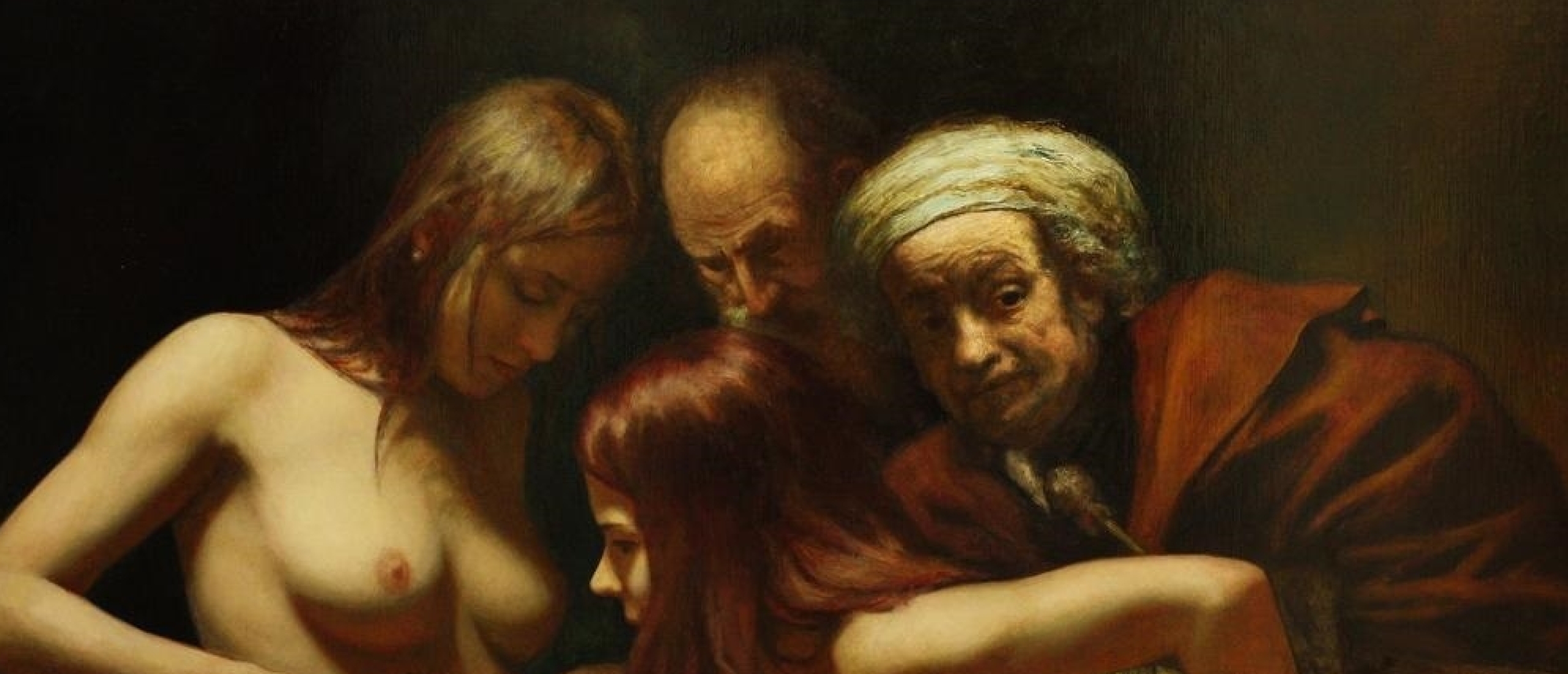
Can you imagine Venus resting on Hokusai's The Great Wave and being watched by a drone? Or can you visualize a collaboration of Rembrandt and Picasso? Cesar Santos (b. 1982) is a Cuban-American painter whose stunning and humorous works give us a sense of what it's like to fall asleep while preparing for an exam in the history of art.
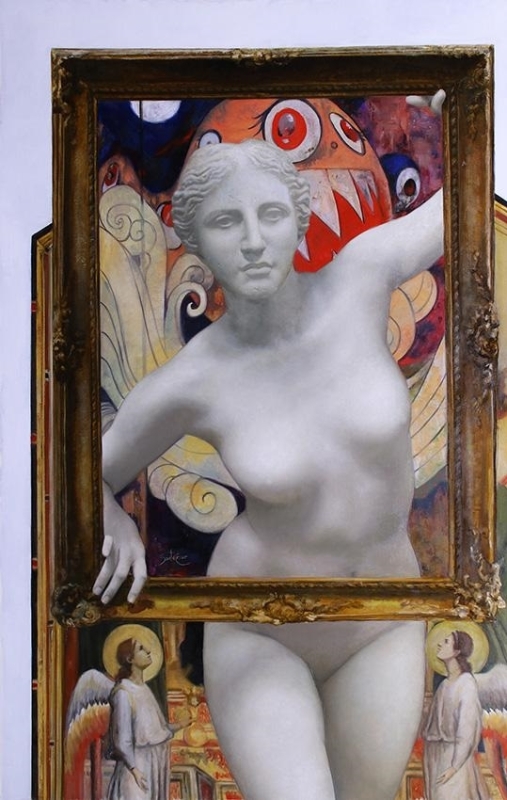
Fig. 1. Across (cesarsantos.com)
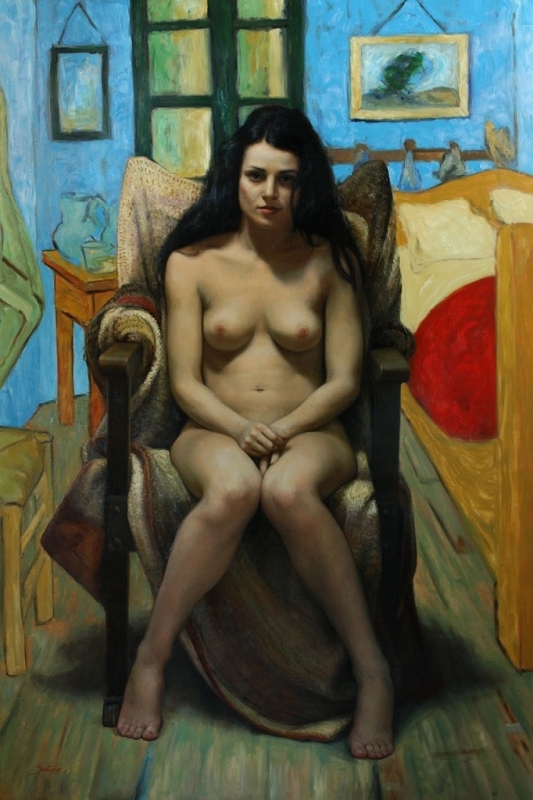
Fig. 2. Juliet (tumblr.com)
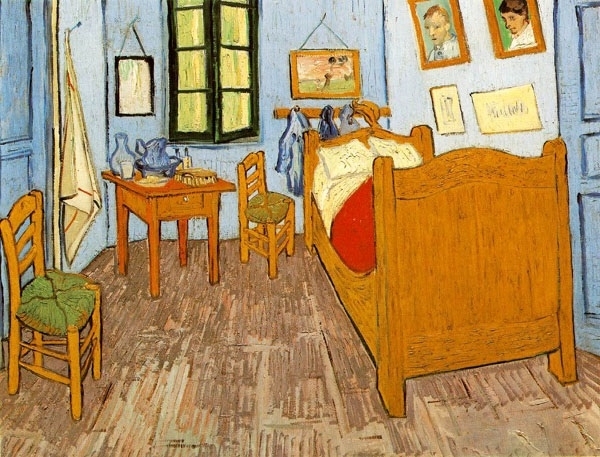
Fig. 3. Bedroom In Arles (Wikipedia.org)
In the Bedroom In Arles
Santos' Syncretism (2010) series exploits majorly stylistic and conceptual contrasts. The first example we're going to study closely is Juliet (fig. 2). The nude woman sits in the setting of the famous Van Gogh's oeuvre The Bedroom in Arles, 1888 (fig. 3). The realistic technique in which her body is performed contrasts with the two-dimensional ukiyo-e stylistics in the works of the Dutch artist. Interestingly, Van Gogh stated in his letter to Theo that "looking at the picture ought to rest the brain, or rather the imagination" (vggallery.com). Possibly, he often used to contemplate his paintings resting in this double bed. The picture by Cesar Santos evokes in one's mind Carroll's question Which Dreamed It? Is the bedroom in Arles a dream of Juliet reclining in her chair, or it's the image of the room that miraculously gave birth to the three-dimensional Juliet, as the lonely artist also dreamed of women?
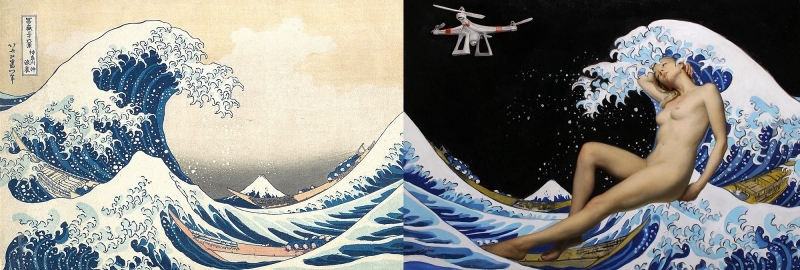
Fig. 4. Left: The Great Wave Off Kanagawa, ca. 1830s (Wikipedia.org), right: Of Venus (cesarsantos.com)
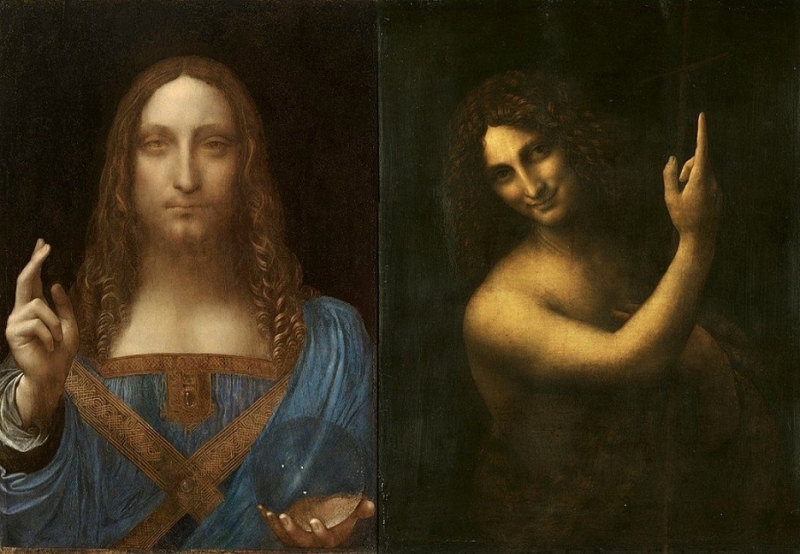
Fig. 5. Left: Da Vinci, Salvator Mundi, c. 1500 (Wikipedia.org); right: Da Vinci, Saint John the Baptist (Wikipedia.org)
The Great Wave Off Kanagawa
In this picture, mentioned at the beginning of the article, the nude woman, apparently, Venus (the picture is entitled Of Venus), rests carelessly in the waves depicted in Hokusai's engraving. She emerged right on top of the three boats with oars. People seem to be fully engaged in a struggle with a stormy sea, so they don't even notice her presence. But the drone exploring the place, seemingly, was boosted into the air to find the newborn goddess. The miracle of her emergence lies, namely, in the principle of contrast that we noted earlier, as realistic Venus is born of two-dimensional foam. Another curious detail here is that Santos reversed Hokusai's image. Probably, this change expresses the extent of the reinterpretation of the original. The juxtaposition of the two pictures gives a sense of another point of view as if we were beings that could see the other side of things. The black background may be the depiction of the space beyond the skies or a reference to Da Vinci's classic oeuvres, as the artist often used a dark tone for the background (Fig. 5).
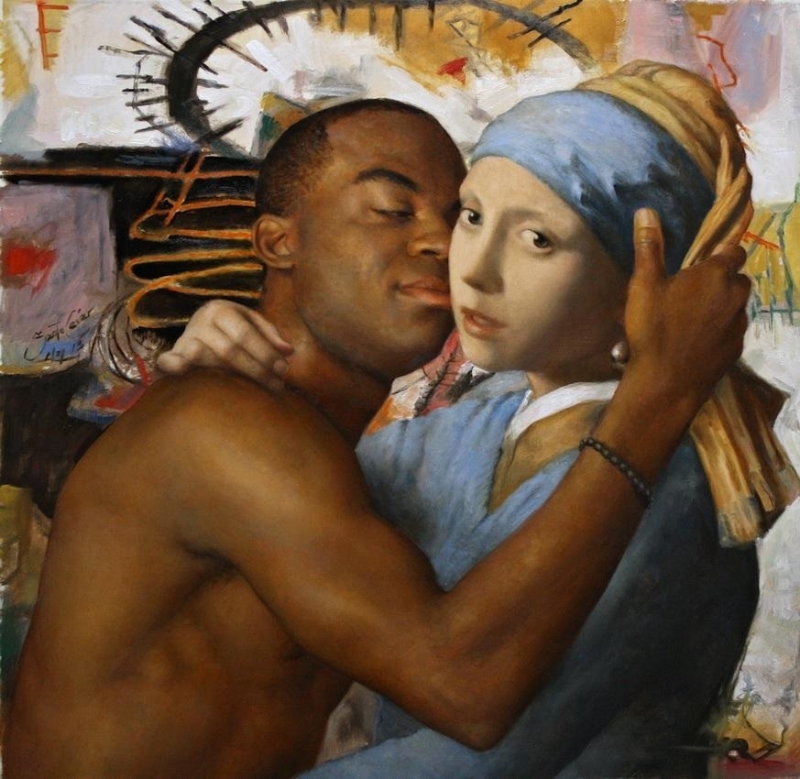
Fig. 6. Basquiat Dichotomy (cesarsantos.com)
Basquiat Dichotomy
The leitmotif of Syncretism is a tension between classic and avant-garde art. Basquiat Dichotomy (Fig. 6) is a great example of this recurring concept. In the picture, we see the artist holding The Girl With the Pearl Earring, which symbolizes the love-hate relationship between two cultural areas. Avant-garde art embodied in Basquiat comes as a wayward youngster that can't stand his relatives and, at the same time, can't do without them.
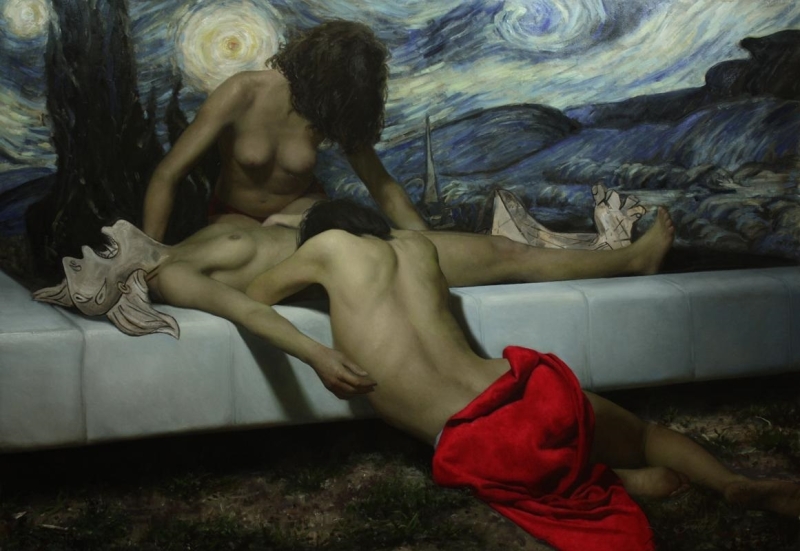
Fig. 7. Aftermath (cesarsantos.com)

Fig. 8. The Lamentation of Christ by Borrassa Llu, 1411 (prints-online.com)
Aftermath
The coin always has two sides, and, speaking of avant-gardists, expressionists, and neo-expressionists, we have to keep in mind that the classics were the ones to give birth to their descendants. It may sound cliched, but to be an artist always means to break the rules as that's the only rule. Renaissance painters, whom we label today as the epitome of skill and talent, were damned by their contemporaries still living in the Middle Age. Artists keep pushing the limits. Modernists - symbolists, impressionists, dadaists, surrealists - overcame religion and reason. Contemporary artists seem to live in a world where art itself is the only thing left to overcome. Santos' Aftermath (Fig. 7) may gracefully convey this idea. This work uses the Lamentation of Christ theme as a basic model (Fig. 8). What we see here is the Lamentation of one of Three Graces with Van Gogh’s The Starry Night in the background. Her death is depicted in the spirit of Greek metamorphoses, but this time she doesn't become a plant or a tree. Instead, the character turns into a figure of Picasso's Guernica (1937). For ancient Graces, the goddesses of harmony, this may very well be equal to death.

Fig. 9. Picasso, Guernica, 1937 (vtbrussia.ru)
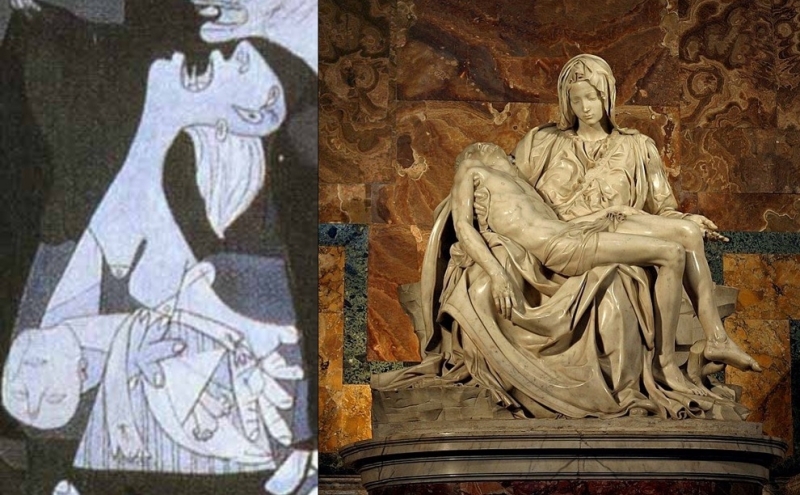
Fig. 10. Left: Guernica (detail); right: Michelangelo's Pietà in St. Peter's Basilica, 1498–1499 (Wikipedia.org)
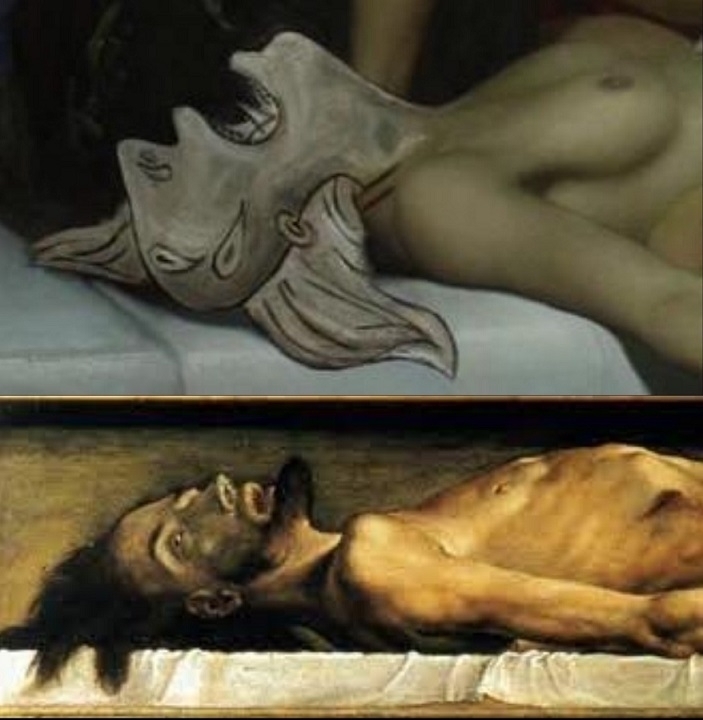
Fig. 11. Above: Aftermath, Cesar Santos (cesarsantos.com); below: The Body of the Dead Christ in the Tomb, 1522, detail (Wikipedia.org)
Pieta and Hans Holbein
The head from Guernica originally belongs to the figure on the left, the mother holding the body of her dead child. This scene is a cubist variation of Pieta, the specific form of Lamentation of Christ, where Mary alone is depicted with Christ's body (Fig. 10, right). Adding this head with an open mouth to a lying figure, Santos suggests another connection as he makes it look like the head of dead Christ from the painting The Body of the Dead Christ in the Tomb (1522) by Hans Holbein the Younger. Referring to these themes and pictures, Santos balances on a thin line between tragic and weirdly comic, as we'll see farther.
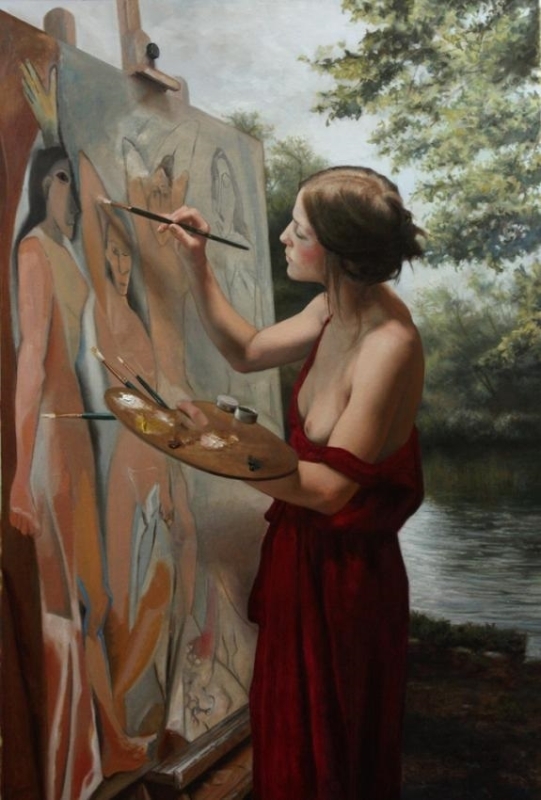
Fig. 12. The Plain Air Painting (cesarsantos.com)
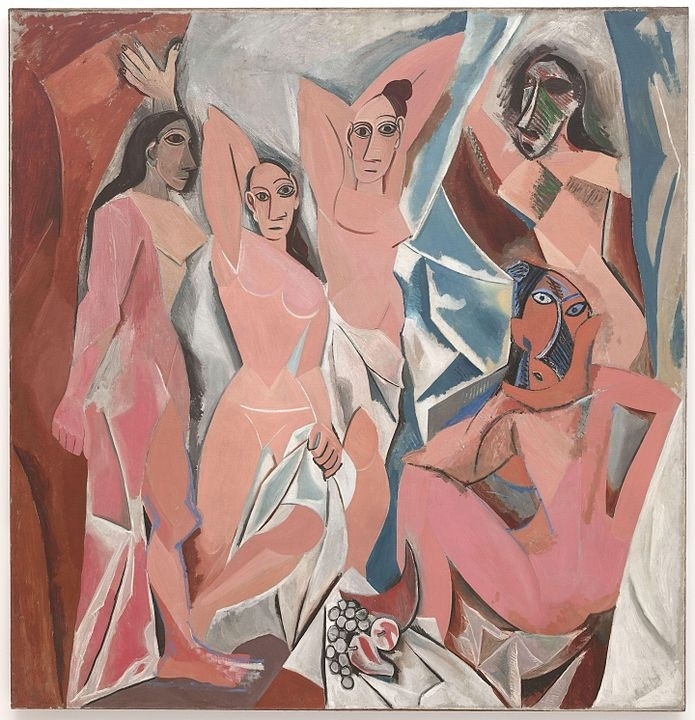
Fig. 13. Picasso, The Brothel of Avignon, 1907 (Wikipedia.org)
Disgraceful Air
In the series, Santos uses not only visual but verbal language too. A title with a more or less sharp pun is often the essential part of images. The Plain Air Painting (fig. 12) plays with a plein air term meaning the act of painting outdoors with nature as a subject of the picture. Santos reinterprets it in his own way as "plain air." The girl, resembling the graces (probably it's her who's lying dead in Aftermath), paints another Picasso's oeuvre, The Brothel of Avignon, 1907 (fig. 13). So, "plain" literally means here "disgraceful." One of the goddesses of art and harmony succeeded in outrunning herself.
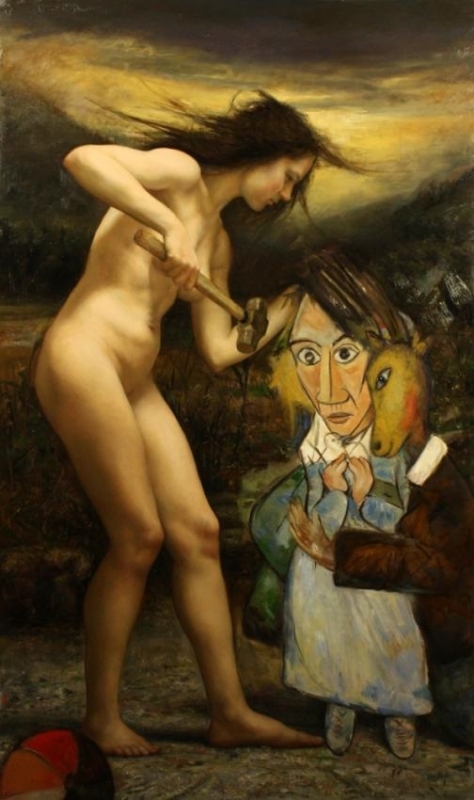
Fig. 14. The Hammer of the Grace (cesarsantos.com)
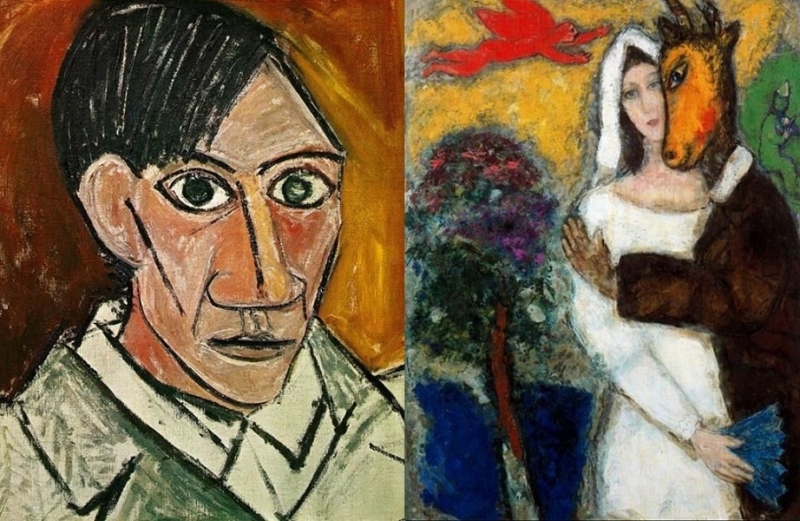
Fig. 15. Left: Picasso’s self-portrait, 1907 (Wikipedia.org); right: Marc Chagall, Midsummer Night’s Dream, 1939 (wikiart.org)
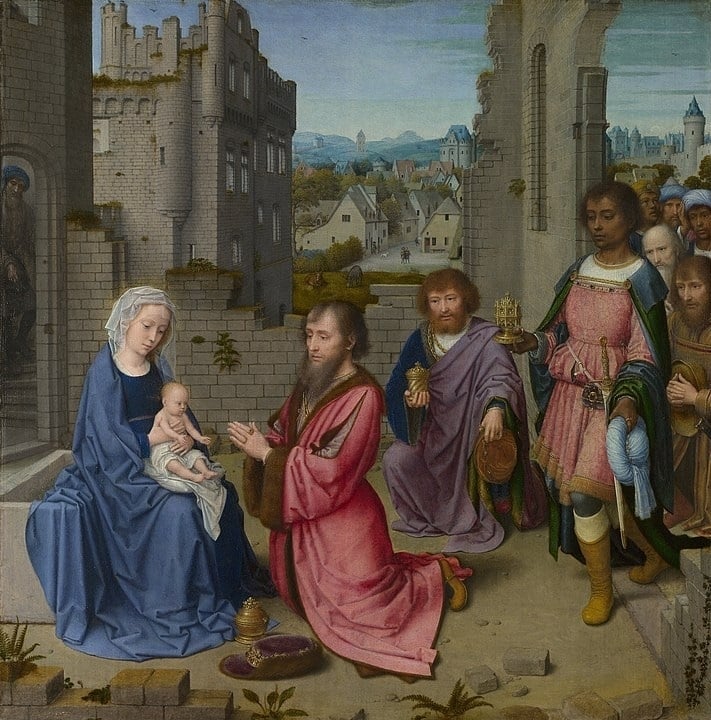
Fig. 16. Gerard David, Adoration of the Kings, c. 1515 (Wikipedia.org)
The Graceful Hammer
Another painting involving avant-garde works is The Hammer of the Grace (Fig. 14). The nude woman holding a hammer tries to remake Picasso and a character from Marc Chagall's Midsummer Night's Dream (1939). Their kneeled figures slightly resemble another religious theme, the Adoration of the Kings, where three kneeled kings worship newborn Christ (Fig. 16). Two "disgraceful" pieces of art may worship harmony as well.
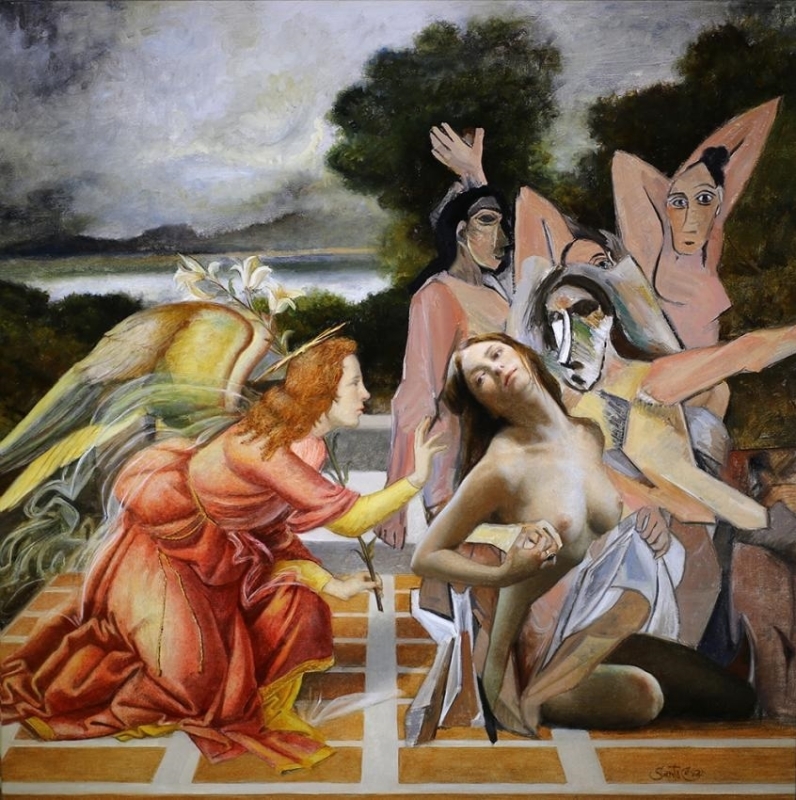
Fig. 17. Annunciation (cesarsantos.com)
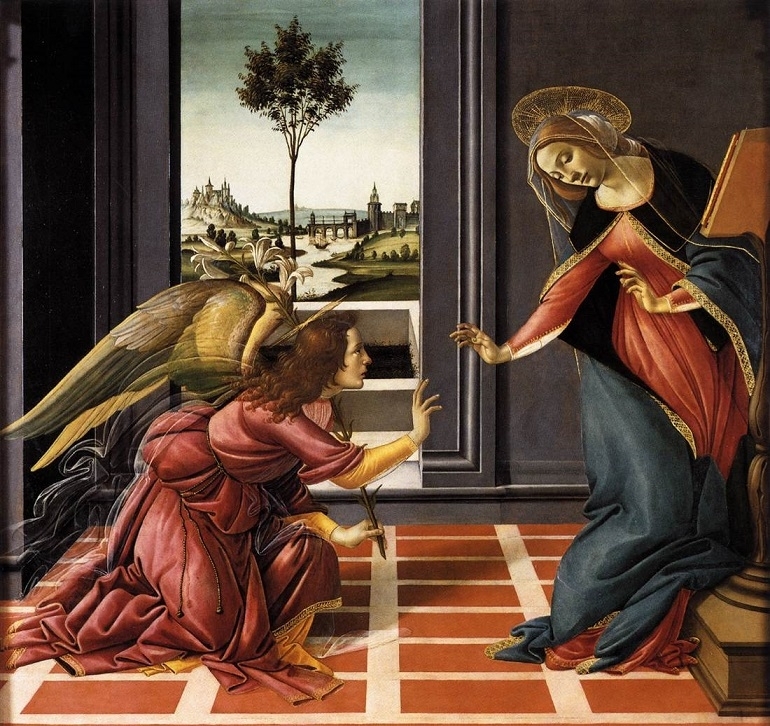
Fig. 18. Botticelli, Annunciation, 1490 (Wikipedia.org)
Annunciation
Annunciation (fig. 17) also features Picasso's The Brothel of Avignon. This time, the interaction between classics and modernists results in another miracle. One of the ladies of Avignon is turned into a three-dimensional woman by the angel from Botticelli's Annunciation. Who knows, maybe Gabriel even turned the courtesan into Virgin Mary by his touch?..
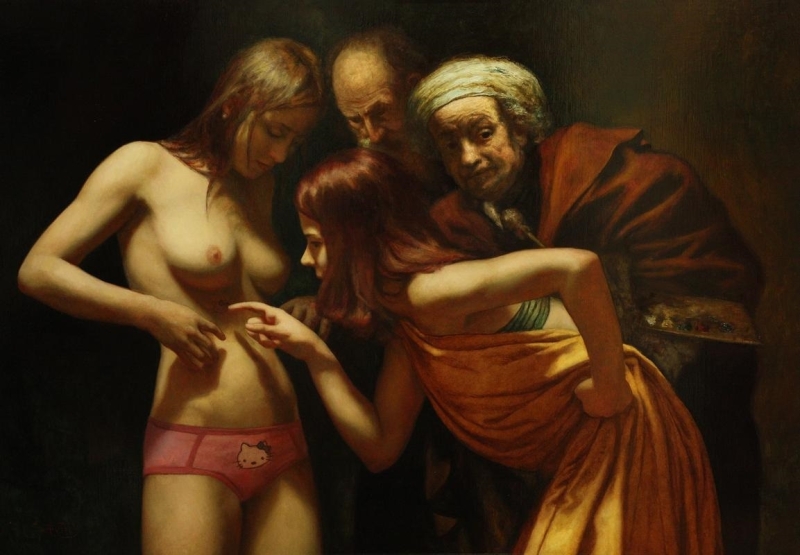
Fig. 19. First Tattoo (cesarsantos.com)
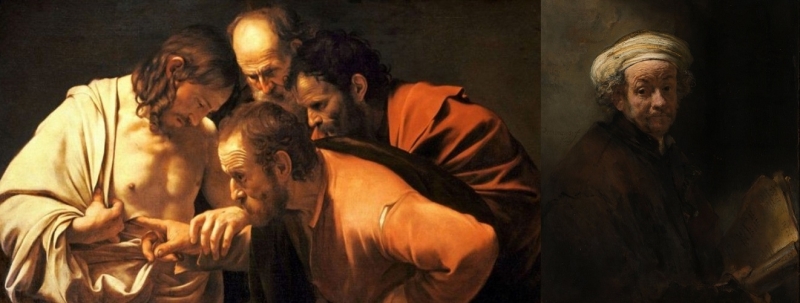
Fig. 20. Left: Caravaggio, The Incredulity of Saint Thomas, 1602 (Wikipedia.org); right: Rembrandt, Self-Portrait as the Apostle Paul, 1661 (Wikipedia.org)
First Tattoo
This painting is humorous yet difficult to interpret. Santos plays with Caravaggio's The Incredulity of Saint Thomas (1602), replacing figures of Jesus and St. Thomas with two young girls. He also depicts Rembrandt's self-portrait as Apostle Paul instead of St. John. What does it mean? As far as Christ embodied a new religion and St. Paul was a former pagan, the girl wearing hello kitty panties may represent the modern era of consumerism. Rembrandt/St. Paul embodies then art itself and the figure of an artist adjusting to these times.
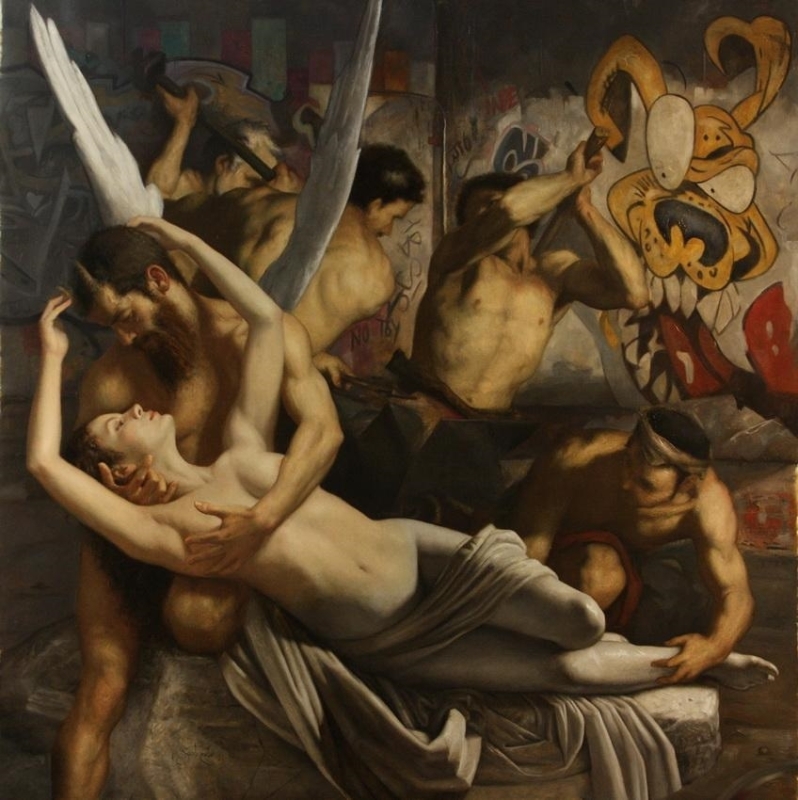
Fig. 21. Psyche and I (cesarsantos.com)
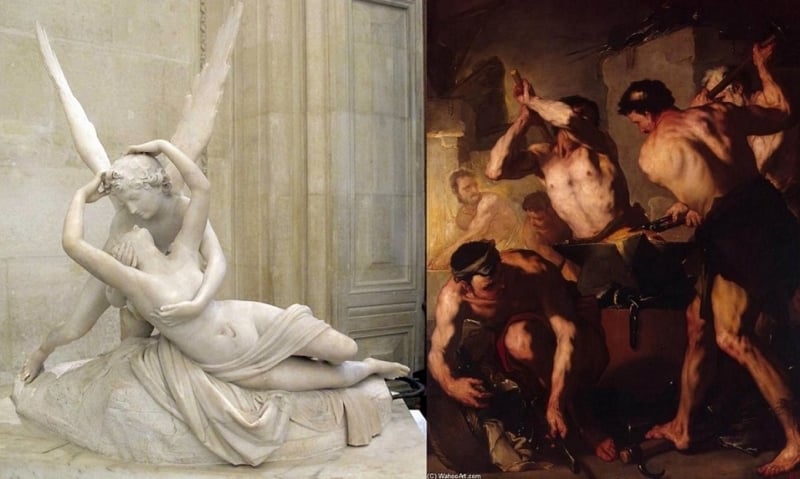
Fig. 22. Left: Antonio Canova, Psyche Revived by Cupid's Kiss, 1790s (Wikipedia.org); right: Luca Giordano, The Forge of Vulcan, 1660 (wahooart.com)
Psyche and I
Last Santos' painting we're going to comment on is very amusing, as it can be regarded as a self-compliment (they say, if you don't blow your own trumpet, no one else will). In Psyche and I, we can see Canova's sculptural composition Psyche Revived by Cupid's Kiss (1790s) and The Forge of Vulcan by Luca Giordano (1660) in the background. The smiths are artists, both modern and classic, and the forge, decorated with graffiti, is, apparently, their workplace. Marble Psyche is their best effort. She's outstandingly beautiful but still lacks anima, the soul, and only Santos depicted as satyr-Cupid can bring this oeuvre to life. The ambiguity of his character allows us to suppose that, like a satyr, he abducts the beauties from well-known paintings. In this case, reviving means modernizing or re-actualizing old images in new pictures.
Sources: cesarsantos.com; vggallery.com; Wikipedia.org
What do you think about Santos' work? Leave your reaction in the comment box below....!!
